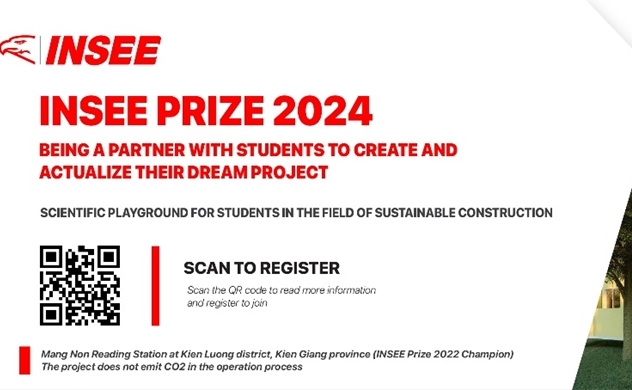Designed for Serenity, With Nature in Mind: New York Times
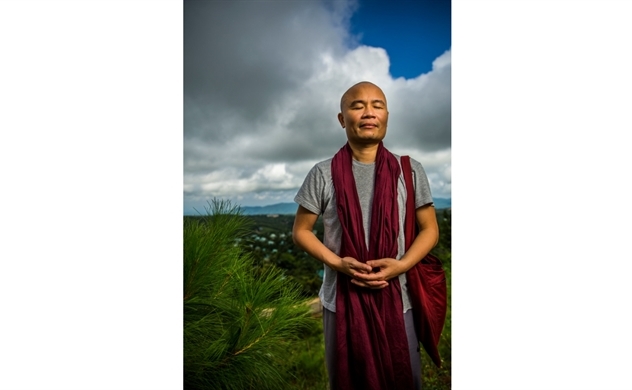
Vo Trong Nghia has spent two years at a Buddhist monastery in the forests of Myanmar. Photo: Minzayar Oo
As city dwellers seek to soften the expanding urban jungle around them, architects are working harder to incorporate greenery and natural materials. But nobody is doing it quite like Vo Trong Nghia.
His firm, Vo Trong Nghia Architects, based in Ho Chi Minh City, infuses its work with lushly planted walls, hanging vines, structure-piercing trees, weathered stones and sunken landscapes. It also incorporates traditional Vietnamese building techniques, like complex bamboo trusses, perforated blocks, cooling water systems, shaded terraces and thatched roofs. Mr. Nghia’s firm also is expanding into prefab housing, urban farms, green towers, parks and urban plans around Asia.
All these efforts are infused with a resolute vision: the creation of architecture that merges nature, local vernacular and — through modern materials and methods — contemporary design. Mr. Nghia sees such work as a way not only to refine the urban environment, but also to provide a sense of peace in the world.
“I wanted to create a new language of architecture in our country."
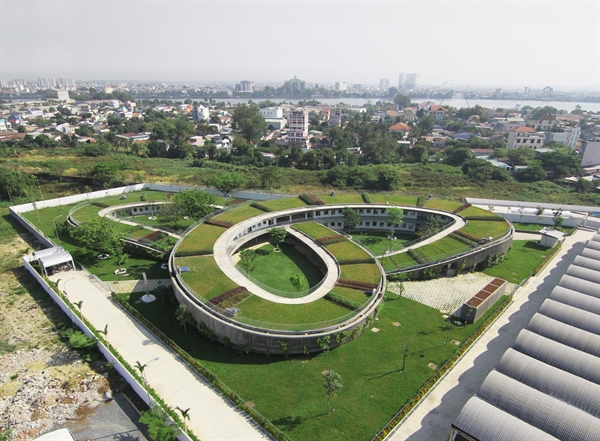 |
| Nghia’s firm designed a “farming kindergarten” in Vietnam for children whose parents work in a nearby shoe factory. Food is grown on the school’s continuous green roof. Photo: Hiroyuki Oki |
Still the leader of his firm — albeit remotely — Mr. Nghia, 43, who has been practicing meditation since 2012, has spent the last two years at the Pa-Auk Tawya Meditation Center, a Buddhist monastery in the forests of Myanmar. He participates in calls and discusses work, but only for short periods of time. For now, his plan is to return to Vietnam early next year. His entire staff meditates at least two hours a day, and they need to adhere to strict moral precepts, refraining from, among other things, drinking alcohol, smoking or lying.
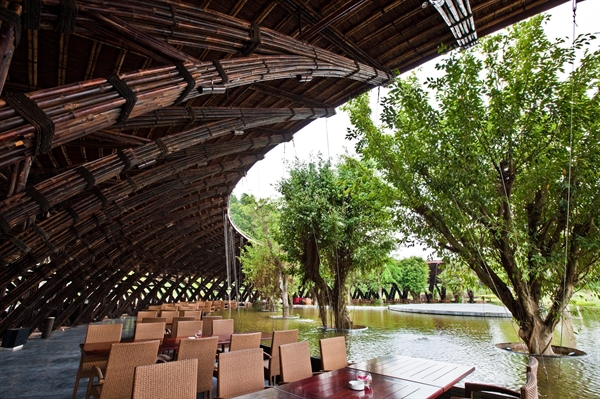 |
| Bamboo Wing, a cantilever structure encompassing a cafe, flies like the wing of a bird, uniting nature with the indoor space. Photo: Hiroyuki Oki |
What would you like people to know about your work?
First, I would like people to know about our focus on meditation and guiding precepts. If you can meditate for several hours, everything becomes clear. You can become a superman compared to your former self. Architecture becomes easy. We don’t focus on working very long, but on cleaning our minds and cleaning our hearts. That’s why our firm works so well.
From a design point of view, we focus on connecting people to nature. We try to make a small mark on the city. In Vietnam our cities have so few parks and so little nature. People are being taken away from the moment, and away from nature. That’s why we have conflict everywhere [in the world]. Without nature around us we become crazy. So we try to wrap nature around our lives.
Source: New York Times
Same category news
-
Bich Phuong
Latest news
-
Huyen Hoang

 TIẾNG VIỆT
TIẾNG VIỆT 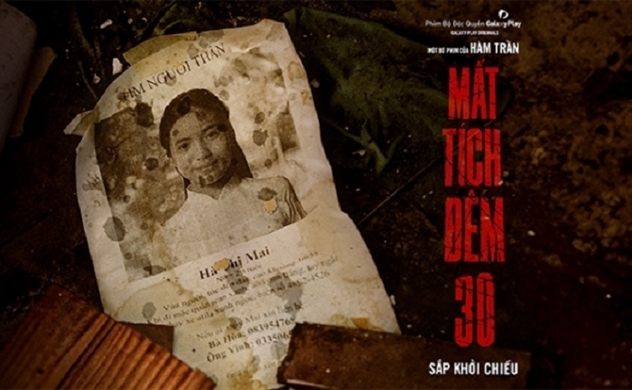

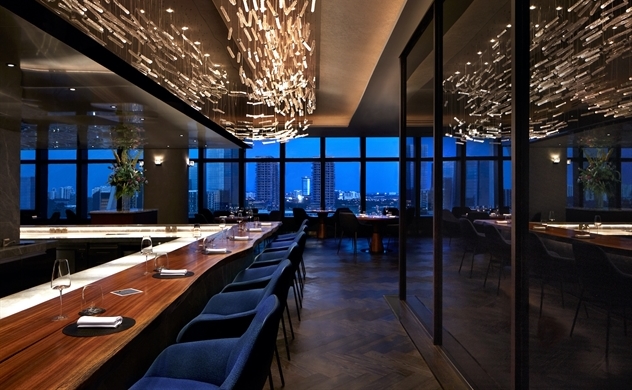

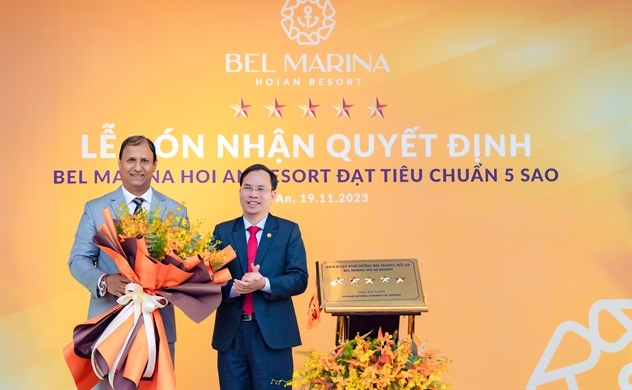



_291615658.jpg)
